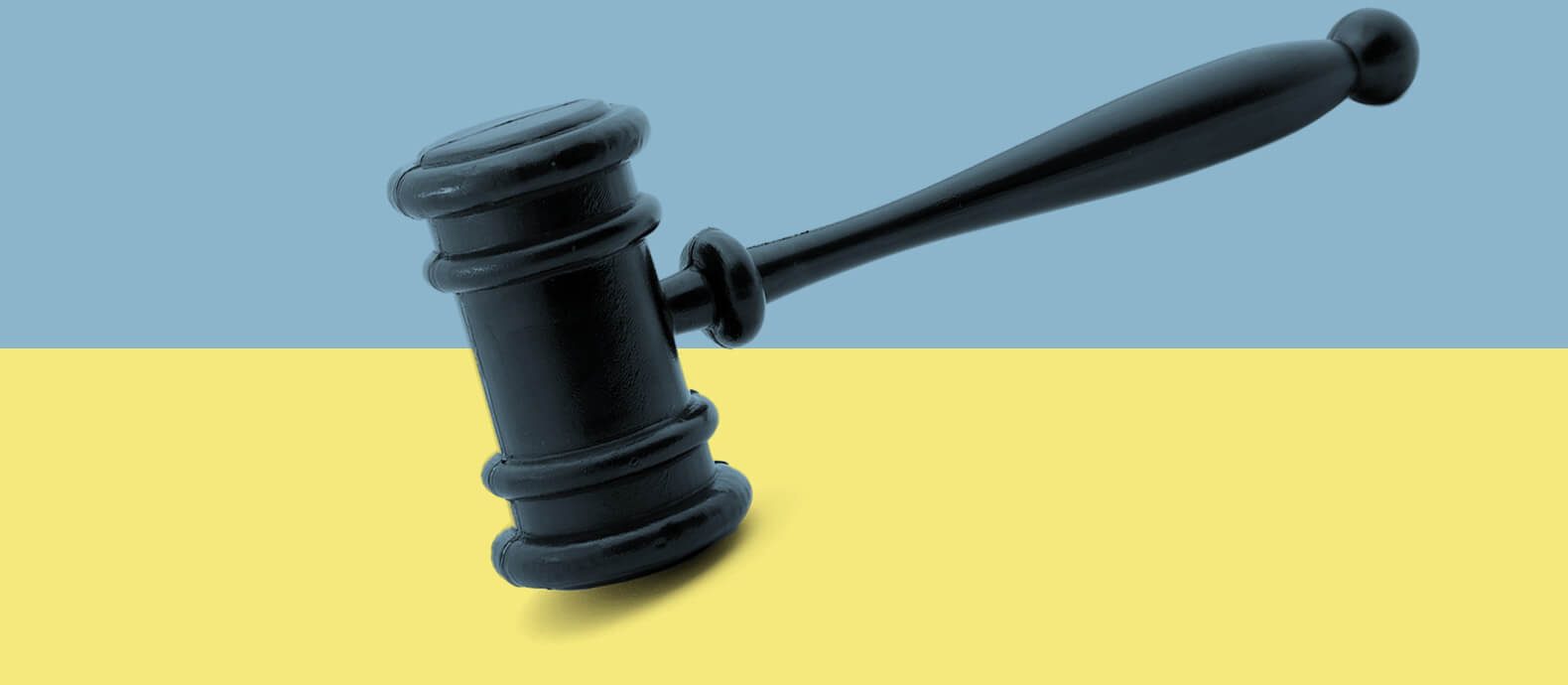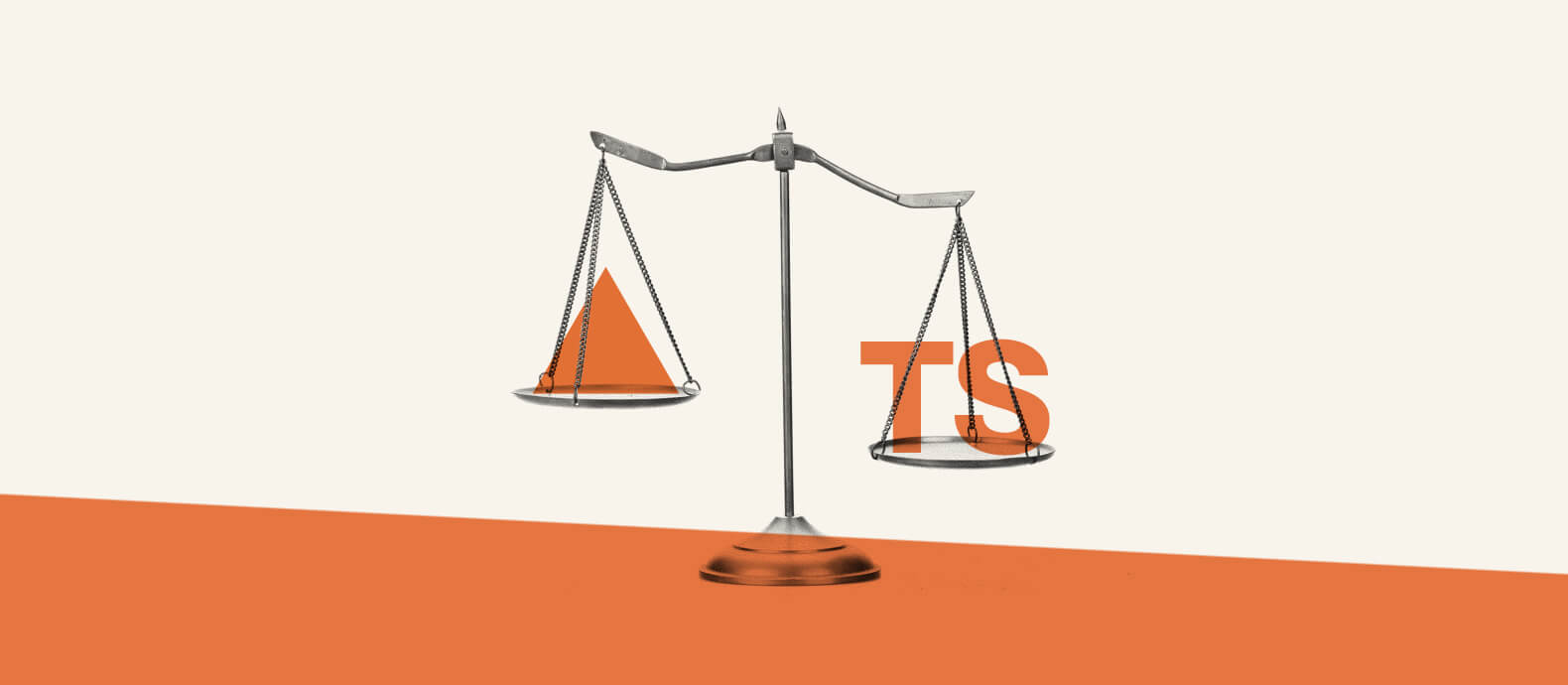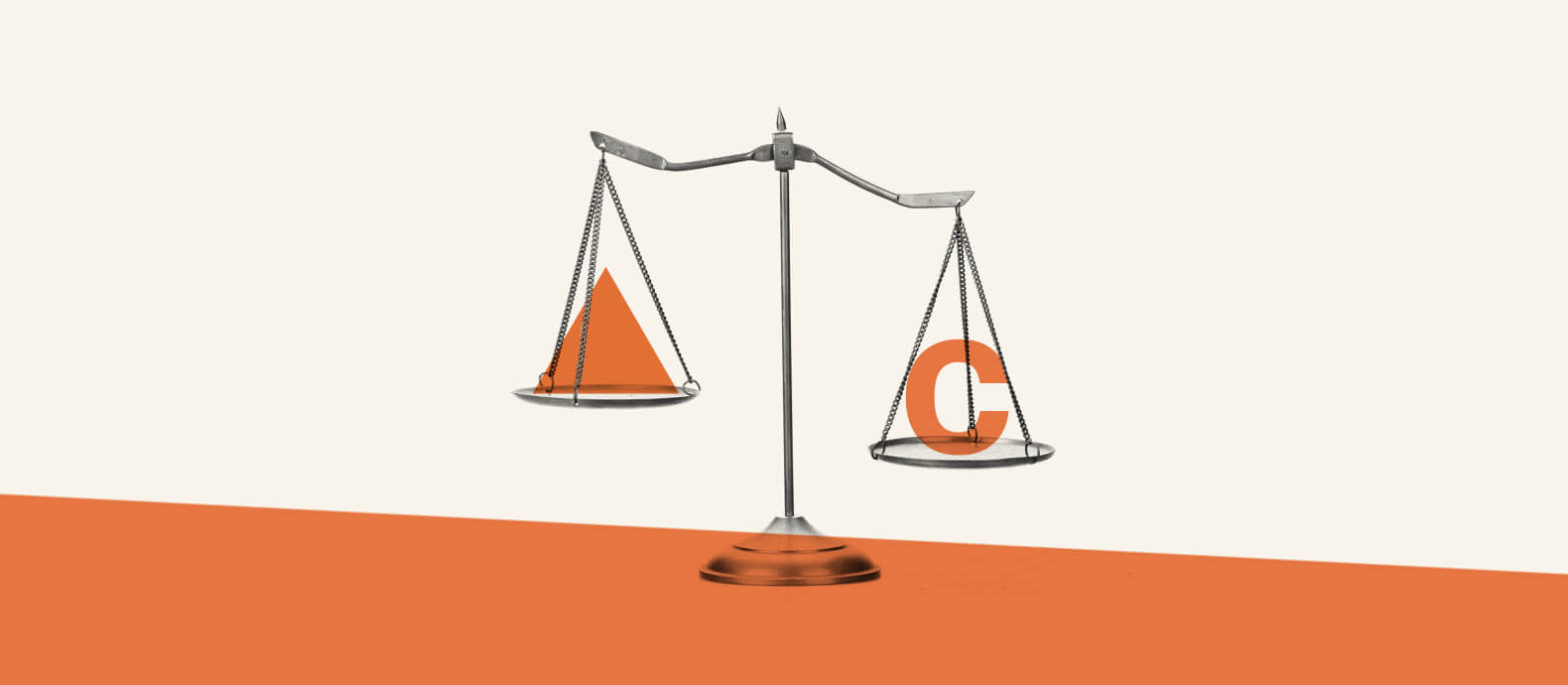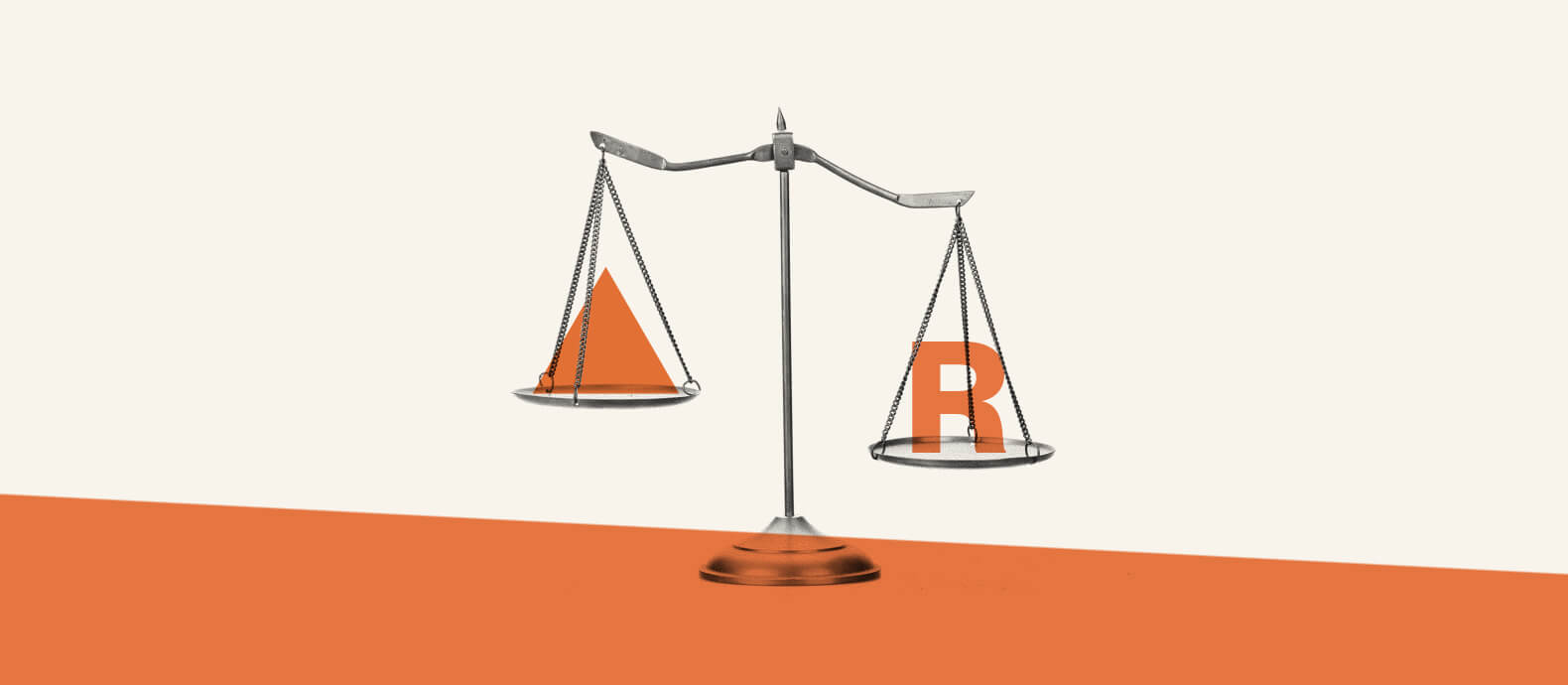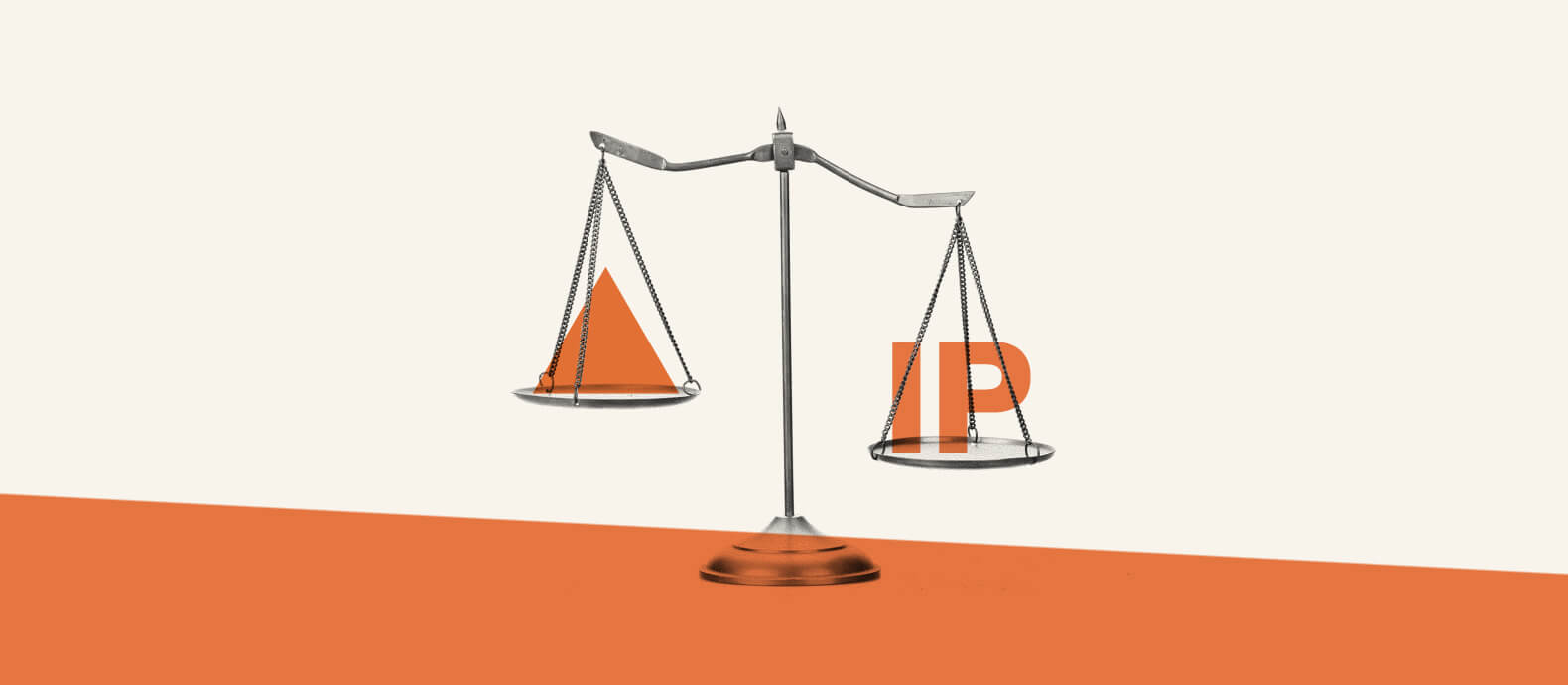In 2022 the global value of counterfeiting and piracy was close to $2.8 trillion. For many businesses, online counterfeiting activity can seem like an insurmountable problem. Every year counterfeiters are innovating and finding ways to sidestep anti-counterfeit and anti-piracy measures.
So, what is the best way to combat this rise in counterfeiters and ensure your brand is protected? In many cases, the legal route is the best way to secure reliable relief and deter counterfeits from your business. In the US, if you want to legally pursue counterfeiters this will involve civil litigation.
In this blog we’ll be covering a number of topics concerned with civil law, including:
- What is civil litigation?
- A step-by-step guide to the civil litigation process
- How can my business leverage civil litigation?
- How can Red Points boost your civil litigation success?
What is civil litigation?
Civil litigation is a legal process used to resolve disputes between two or more parties. These parties may be individuals or business entities looking for legal remedies such as compensation for damages incurred or injunctions to prevent further action.
In the US, there are various kinds of civil litigation such as contracts, property, torts, and class action lawsuits. There can also be equitable claims – where a party asks the court to order a party to stop or start doing some action.
Disputes may arise over a variety of issues including product liability, antitrust litigation, divorce, personal injury, medical malpractice, or intellectual property disputes. All of these can be dealt with via civil litigation, which begins when a party files a complaint – usually at a federal court.

Step-by-step guide to the civil litigation process
- Pre-filing: A dispute has arisen between two parties. Before filing a complaint the two parties may attempt to resolve this dispute. Today, parties are often encouraged to try negotiation, mediation, or arbitration to come to a quick, cost-effective and equitable solution. If this alternative dispute resolution fails, then parties will prepare for court action.
- Initial pleading: One party will begin legal proceedings by filing a complaint at court and serving it on the other party. The recipient will then file some response in the form of an answer or motion.
- Discovery: Both parties will exchange information that is relevant to the civil litigation case. This information will include what kinds of evidence they have and what they intend to call if the case goes to trial. Here parties can learn about the strengths and weaknesses of the other party’s case.
- Pre-trial: Parties will assemble evidence and witness. Depending on the nature of the dispute, parties may engage in a settlement conference or case management meeting. They may also file motions to limit the scope of the trial or resolve the case entirely.
- Trial: The case between the parties is heard by a judge or jury. Depending on the complexity and scale of the case this could last days, weeks, months or years. Here witnesses are examined and both parties will present evidence.
- Verdict: The judge or jury will deliberate, weigh the evidence, scrutinize the arguments put forward by both sides and deliver a verdict. After judgment, the nature and extent of the remedies, damages and costs to both parties are decided.
- Post-trial/Appeals: The winning party will then try to collect the judgment or set a time for the relief to be delivered. Either party may also appeal against the judgment or any costs order if they are unsatisfied with the civil justice that has been dispensed.
How can my business leverage civil litigation?
While civil litigation may seem intimidating from afar, businesses should not be afraid of it. In fact, civil proceedings centered on intellectual property provide businesses with a reliable path to recovering their revenue, restoring their reputation and deterring counterfeiters from targeting their intellectual property.
Here are a few ways that your business can leverage civil litigation today:
- Recover monetary damages for intellectual property rights violations
If the verdict is delivered in your favor there may be a variety of remedies available to help to restore you to the position you were in before the infringement.
For many businesses, the ability to recover substantial monetary damages for IP rights violations is the main reason to begin civil litigation. No other process will allow you to recover funds in such a reliable and efficient manner. This is particularly true for IP cases. For example, the five biggest patent damages awards in 2022 totaled nearly $2 billion.
- Retain competitive advantage
Valuable intellectual property is one of the key distinguishing factors in a crowded market. If your intellectual property is constantly being undermined by counterfeit versions of your products, services or processes then you will lose any advantage you have over your competitors. By protecting your IP with civil litigation you will be able to retain your competitive advantage, and deter future infringers from targeting your brand.
- Maintain trade secrets
Trade secret litigation is used to maintain trade secrets and pursue those who have infringed trade secrets. Without this kind of civil litigation it would be very difficult for businesses to enforce against competitors or individuals who have stolen their trade secrets for their own gain.
- Protect your brand reputation
Infringement of copyrights, trademarks, patents and trade secrets can lead to the dilution or destruction of a brand’s reputation. Civil litigation is the only way to regain or fix a brand’s reputation after it has been tarnished by counterfeiters. Alternative routes like expensive marketing campaigns are often less reliable, less trustworthy and far less cost effective.
How can Red Points boost your civil litigation success?
For many years, we have been developing first-class technology, building an experienced team and now we are connecting with top legal partners, to ensure that we can help brands recover revenue from counterfeiters. This is how our Revenue Recovery Program works:
- Target infringers
Our automated bots scour the web in search of counterfeits and scammers. We monitor constantly and across a wide variety of marketplaces and sites to ensure that you can pursue every high-profile counterfeit seller.
- Build a case
Once we have identified the potential infringers, we will start collecting all the relevant data and evidence you may need to start your civil cases.
- Get compensated
Our partners will then undertake the whole civil lawsuit on your behalf with the goal of shutting any counterfeiters down and recovering any lost revenue.
We have a 100% success rate when civil litigation cases go to trial. And the average compensation fee we recover for our customers is $120,000. Considering that the whole process, from filing to compensation, takes only 4.5 months this solution is often far more cost effective and efficient than many businesses’ current civil litigation strategies. It’s important to note that there is no upfront payment required for our program. The best part is that once you become a Red Points’ client all the work is done on a contingency basis, this means no extra costs for you.
What’s Next
Ultimately, civil litigation is an important tool used by many businesses and individuals to pursue wrongdoers. For brands who are constantly having their intellectual property attacked by online counterfeiters, partnering with Red Points can offer an efficient solution to pursue civil litigation. Through civil litigation you can recover monetary damages, maintain trade secrets, protect your reputation and retain a competitive advantage.
At Red Points we’re here to help you throughout your whole civil litigation journey. Our Revenue Recovery Program is powered by automated systems, machine learning, experienced teams and first-class connections. To learn more about how your business can use Red Points to boost your chances of civil litigation success, apply here.



